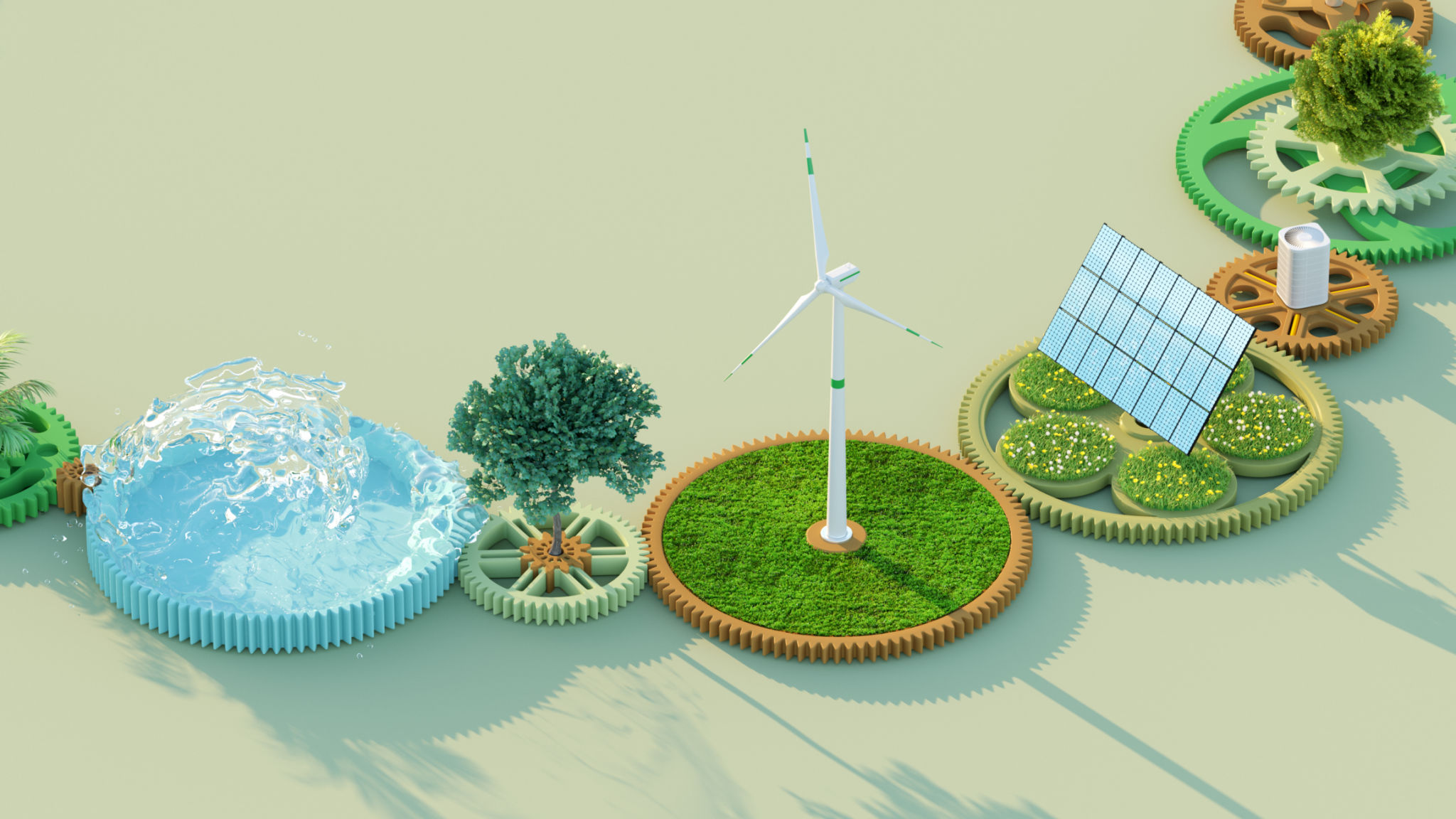Innovative Green Solutions for Urban Challenges
Introduction to Urban Green Solutions
As urban areas continue to expand, the demand for sustainable and environmentally friendly solutions grows. Cities face numerous challenges, including pollution, waste management, and energy consumption. Fortunately, innovative green solutions are emerging to tackle these issues head-on, promoting a healthier and more sustainable urban environment.
From green buildings to smart transportation systems, these solutions not only help in reducing the carbon footprint but also improve the quality of life for city dwellers. As we explore these innovations, it’s essential to understand their impact and potential for widespread implementation.

Green Architecture and Urban Design
One of the most prominent trends in sustainable urban development is green architecture. This involves designing buildings that are energy-efficient and environmentally friendly. Modern green buildings utilize materials that reduce energy consumption, incorporate renewable energy sources like solar panels, and have efficient water management systems.
Urban planners are also focusing on creating green spaces within cities. Parks, rooftop gardens, and vertical gardens not only enhance the aesthetic appeal of urban areas but also improve air quality and provide habitats for urban wildlife. These spaces play a crucial role in mitigating the urban heat island effect, making cities more livable.

Smart Transportation Systems
The transportation sector is a significant contributor to urban pollution. To address this, cities are investing in smart transportation systems that prioritize sustainability. Electric vehicles (EVs) are becoming more common, with many urban areas installing EV charging stations to support their growth.
In addition to EVs, public transportation is being revamped with eco-friendly technologies. Buses powered by electricity or hydrogen fuel cells are reducing emissions significantly. Moreover, the integration of bike-sharing programs and pedestrian-friendly infrastructure encourages residents to choose greener modes of transport.

Waste Management Innovations
Effective waste management is another crucial aspect of sustainable urban living. Cities are adopting innovative techniques to minimize waste and promote recycling. Advanced waste sorting technologies allow for better separation of recyclable materials, reducing the amount sent to landfills.
Composting initiatives are also gaining traction in urban areas. By turning organic waste into valuable compost, cities can reduce landfill waste and provide nutrient-rich soil for urban gardens and agricultural projects.
Renewable Energy Integration
The integration of renewable energy sources in urban areas is essential for reducing dependence on fossil fuels. Solar panels on rooftops and wind turbines in strategic locations are helping cities generate clean energy locally. This shift not only cuts emissions but also reduces energy costs for residents and businesses.
Moreover, some cities are exploring the potential of energy storage systems to complement renewable energy sources. These systems store excess energy generated during peak production times, ensuring a consistent supply even when production is low.

Conclusion: The Future of Urban Sustainability
Innovative green solutions are transforming urban landscapes worldwide. By adopting these strategies, cities can address pressing environmental challenges while improving the quality of life for their residents. As technology continues to advance, the potential for these solutions to become more efficient and accessible grows.
The collaboration between governments, businesses, and communities will be vital in implementing these innovations effectively. Together, we can create urban environments that are not only sustainable but also vibrant and thriving places for future generations to enjoy.